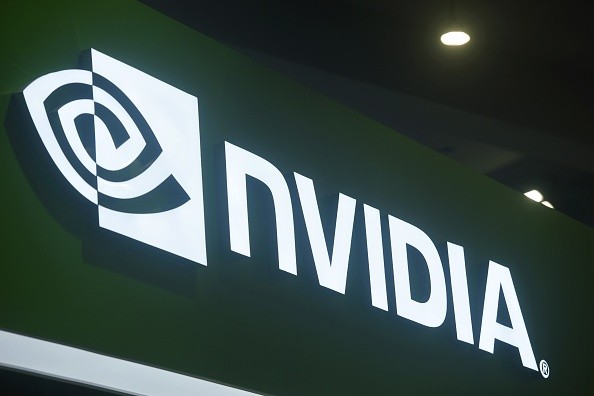NVIDIA's Arm acquisition (worth $40 billion) might have been called off, but that doesn't mean they're giving up on Arm chips altogether.

According to a report by Tom's Hardware, Team Green is still trying to develop a so-called "full spectrum" of Arm CPUs despite their deal being canceled. This was revealed by CEO Jensen Huang during a recent earnings call, where the chips are billed to be designed for a "wide range of applications" including robotics and data centers.
For now, their plans have their Grace CPU released during the first half of next year. That chip is specifically targeting "giant" workloads concerning AI and HPC. Aside from that, Huang also stated that their 20-year architectural license doesn't put limits on what they can do moving forward.
But this isn't even the first time that NVIDIA has announced plans to build their own custom Arm chips, with or without the help of the famed British chipmaker.
Team Green first announced their Grace CPU way back in April of last year, promising a massive 10x performance boost compared to today's current-gen server chips intended for AI and HPC. According to The Verge, the company has been trying to get into the CPU business for years-a place they've been unable to set a foothold in.
Here is their original Twitter announcement from April 2021:
Meet the NVIDIA Grace #CPU, leveraging the flexibility of @Arm’s data center architecture and designed from the ground up to accelerate the largest HPC and AI workloads. #GTC21 https://t.co/PHDaxrfzQv pic.twitter.com/uck0akde3a
— NVIDIA GTC (@NVIDIAGTC) April 12, 2021
So far, the only market they control is the GPU one, where they share a duopoly with AMD. But should they succeed in designing and releasing their own Arm chips, they're going to join both AMD and Intel as GPU and CPU vendors within the foreseeable future.
What In The World Are Arm CPUs, And Why Is NVIDIA Making Them?
The simplest answer is that Arm CPUs are the most prevalent types of semiconductors in most mobile devices. Team Green trying to break into that market on their own makes for a sound business decision, considering how tech has been increasingly portable over the past few years.
YouTuber Linus Sebastian explains what exactly separates Arm chips from typical ones made by Intel or AMD:
As mentioned in the video, Arm CPUs are designed for extreme power efficiency and low heat output. This, in turn, makes them a perfect choice for integrating into mobile devices like smartphones, tablets, specialized game consoles, or even the chips in your car that powers the Check Engine light.
Just how efficient are these chips? Around 15 times more efficient than a typical Intel Core i7 desktop processor. That's why your brand-new iPhone 13, which features an Arm-based A15 Bionic CPU, does not feel too hot in your hand compared to a common desktop processor which can probably fry an egg if you don't cool it enough.
But here's one unexpected thing about Arm (the company, not the products): they don't actually make their own CPUs. Their business model is selling their chip designs to other companies (like NVIDIA in this case, with their license) who in turn make their own. This is why the likes of Apple or Qualcomm can claim to have Arm-based silicon, even if they technically don't own the IP.
This article is owned by Tech Times
Written by RJ Pierce




